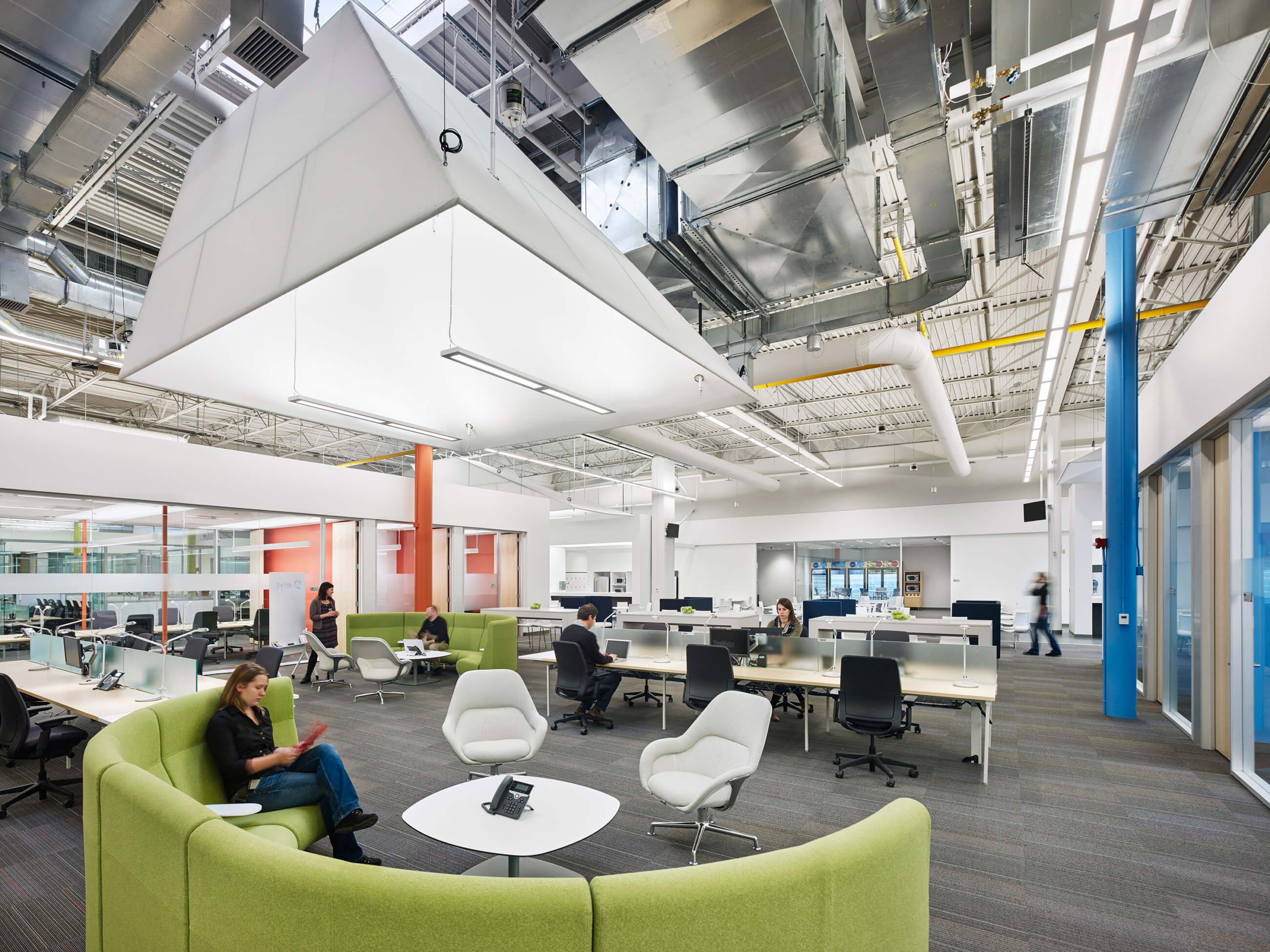Before we consider returning to the office, resuming our normal day-to-day work activities, we first need to determine what our new normal will be. How will we adjust work schedules to maintain social distancing? How will we maintain a clean work environment? How will we function in shared spaces designed for collaboration? The answers to these questions are critical in shaping our new worldview. While lighting control techniques cannot assist with all these concerns, they can support a clean work environment by minimizing touch in shared spaces.
Leveraging Energy Codes
Many lighting controls require touch for proper operation – switches, dimmers, scene recall stations, touch screens, etc. The United States’ two prevailing energy standards adopted as codes, ASHRAE 90.1 and IECC, both support vacancy sensors in lieu of occupancy sensors to meet compliance. Vacancy sensors automatically shut the lights off but require manual on, so one needs to touch a device. While this empowers the user, it does not align with current post-COVID concerns.
So, what can we do? How are we supposed to get over this obvious hurdle? Newer versions of ASHRAE 90.1 and IECC allow for partial-on occupancy sensor control in lieu of vacancy sensors. Occupancy sensors can be specified as long as the automatic on for lighting does not exceed 50% power. Many people find that this light level is comfortable and appropriate for the work they need to perform. Not only will occupants reduce energy use, they will also greatly reduce the number of touches on the wall.
Power to the People
Networked lighting control systems with mobile app options allows users the ability to control their environment and minimize interaction with community switches and controls. While these types of apps have been available for many years, they are not yet mainstays in commercial buildings. These apps are available with advanced functionality geared towards high level users such as facilities managers and AV technicians, and simplified versions geared towards building occupants.
Speak your Mind
Voice assistant technology is also becoming more popular and easier to use, and many now communicate with lighting controls. While used predominantly in the residential market, the application in commercial settings is likely to grow in a post-COVID environment. A bonus, these voice assistants often include a phone app which can be integrated into the larger control systems.
Next Steps
The lighting control system you have may already be compatible with 50% auto-on sensing, mobile apps and voice assistance. In some cases, significant rework may be required to implement these technologies. No matter the project, it’s best to engage the lighting design team early to ensure proper integration of these control strategies.
And remember, if all else fails, “Clap on (clap-clap). Clap off (clap-clap)” …






